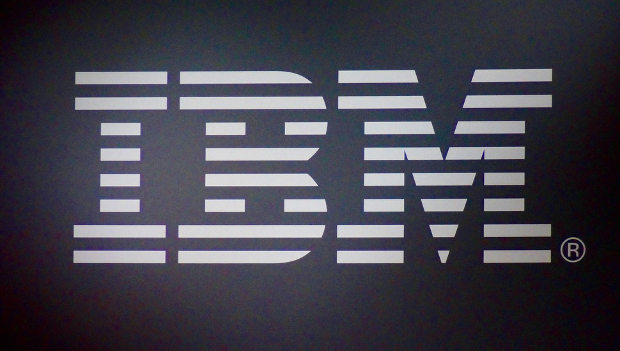IBM is merging Google’s artificial intelligence tools with its own cognitive computing technologies, allowing deep-learning systems to more accurately find answers to complex questions or recognise images or voices.
Google’s open-source TensorFlow machine-learning tools are being packed into IBM’s PowerAI, which is a toolkit for computer learning. The two can be combined to improve machine learning on IBM’s Power servers.
A computer learns as more data fed into its system, much like how a human learns. PowerAI and TensorFlow tools can help track patterns and classify data, and spit out approximate answers to queries. The answers will be more accurate as a computer learns more.
IBM already has Watson, which uses advanced software and hardware to find answers to complex questions. But PowerAI is more customisable compared to Watson, which is more of a pre-packaged set of hardware, software, and cloud technologies targeted at use models like medicine and finance.
Integrating TensorFlow into PowerAI will solve a significant problem of installing Google’s machine-learning technologies on Power systems, said Sumit Gupta, vice president of high-performance computing and analytics at IBM.
Right now, customers have to download TensorFlow from Google’s site and install it separately, which can be time-consuming. The optimisation of TensorFlow for PowerAI will make provide a hassle-free way of installing TensorFlow, Gupta said.
Google also upgrades TensorFlow every month or so, and keeping up is a headache for customers, Gupta said. IBM will update PowerAI with the latest TensorFlow tools every quarter.
IBM is not creating a fork of TensorFlow for PowerAI, though that could be on the roadmap, Gupta said. The company has created a version of the open-source Caffe deep-learning framework for its PowerAI toolkit.
Forking TensorFlow to work with specific hardware or applications is commonplace. Specific versions of TensorFlow have been created for use with GPUs from Nvidia, embedded devices, robots, and drones.
Integrating and optimising TensorFlow for PowerAI also speeds up machine-learning. The new PowerAI is designed for IBM Power Systems S822LC server, which has the speedy Nvidia NVlink interconnect to connect to GPUs, where most of the computer learning takes place. The NVlink is faster than the PCI-Express 3.0 interface on most servers today. The S822LC server is designed to work with Nvidia’s Tesla P100 GPU.
Those who do not own IBM hardware but want to test the latest version of PowerAI with TensorFlow can do so on a cloud service provided by Nimbix.
Beyond computer learning, PowerAI can help in fraud detection or recommendation engines, especially for shopping. As a computer learns from input, patterns, and classifications, it’ll be more adept at identifying suspicious transactions, which is valued by financial institutions, Gupta said. The recommendations engine can help online stores sell more products.
PowerAI is not as popular as Watson, which became famous as a high-powered computer that beat a human in jeopardy. But PowerAI, TensorFlow, and Watson overlap, and also complement each other to build powerful learning models, Gupta said. A company using Watson may plug in TensorFlow or PowerAI for specific computer-learning tasks.
Many machine-learning frameworks like Caffe, Torch, and Theano are now integrated into PowerAI.
IDG News Service








Subscribers 0
Fans 0
Followers 0
Followers